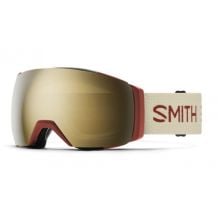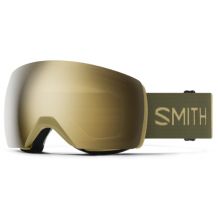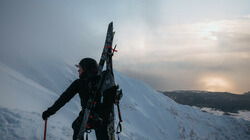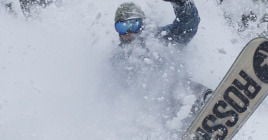Let's take a look at the Smith brand and discover all their technologies, so you can choose the goggle best suited to your needs..png)
The history of SMITH
Smith is an American brand of ski and snowboard goggles, founded in 1965 by Bob Smith. The brand is renowned for its innovation, design and performance.
Smith was the inventor of the first ski goggle with sealed double lens, a technology that reduces fogging. The brand also developed ChromaPop technology, which enhances color perception and contrast.
Smith offers a wide range of ski and snowboard goggles, suitable for all types of weather and terrain. Smith goggles are available in a variety of colors and styles, to suit all tastes.
The brand is very popular with professional skiers and snowboarders, including members of the US Alpine Ski Team.
Why is it important to wear a ski mask?
It's well known that it's important to protect your eyes in the mountains. There are several reasons for this. Snow reflects between 80 and 90% of light rays, which greatly increases our exposure. What's more, the power of UV rays increases by around 10% every 1,000 meters. So it's vital to protect your eyes when you're out skiing.
Wearing a mask not only protects you from UV rays, but also from wind, snowfall and pole tips.
Wearing a ski mask will also significantly improve your visibility and therefore your safety on the slopes. Reverberation from the sun, strong light or fog are all factors that can impair your vision and prevent you from seeing the terrain (icy patches, small bumps, etc.).
What are the different types of screens and their technologies?
The screen of your mask is an important element in visibility, and there are several categories of screen:
Category 1: These screens are very clear and are reserved for bad weather or fog. They let through between 80 and 92% of visible light.
Category 2: This category is versatile, and can be used in a variety of light conditions, but I recommend it for mixed weather with clouds. They let through between 43 and 80% of visible light.
Category 3: This glass category is the most widely used, and is recommended for sunny days. Its dark glass means you won't be dazzled and will be protected in all conditions. It lets between 18 and 43% of light through.
Category 4: Category 4 lenses are reserved for extreme conditions, often used on glaciers or for people who are very sensitive to light.
Photochromic: Photochromic lenses are in a class of their own, automatically adapting to light conditions. They can cover 2 categories (category 1 to 2; category 2 to 3) or even 3 categories at the same time (category 1 to 3; category 2 to 4). Photochromic lenses are extremely interesting because they cover all categories, but the reaction time varies from one model to another (generally between 20 seconds and 1 minute).
SMITH offers new technologies to guarantee the best possible vision:
ChormaPop technology improves visibility by increasing color definition and contrast perception. This technology filters colors to let through those necessary for good visibility of obstacles and reliefs. This technology is available in a wide variety of shades, each designed for specific conditions of use (cycling, sea, snow, etc.).
The advantages of ChromaPop technology include :
- Better color definition
- Better contrast perception
- clearer vision of obstacles and terrain relief
- Reduced eye fatigue
Birdseye Vision is a technology that offers 25% more peripheral vision than traditional lenses. This gives skiers and snowboarders a better view of their surroundings, ensuring greater safety and more comfortable vision.
Goggle shape isn't just about style!
There are two types of mask shape: spherical and cylindrical.
Spherical: Masks with a spherical shape are curved both horizontally and vertically, so you'll notice a slight distortion at the outer corners. Vision will be slightly less wide, but higher than with a cylindrical mask. Freeriders particularly appreciate this type of mask.
Cylindrical: The cylindrical shape follows a horizontal axis, so the screen remains flat and image distortion is minimal. This type of mask is more suitable for use on slopes, and is also more affordable.
| Spherical masks | Cylindrical mask |
 |
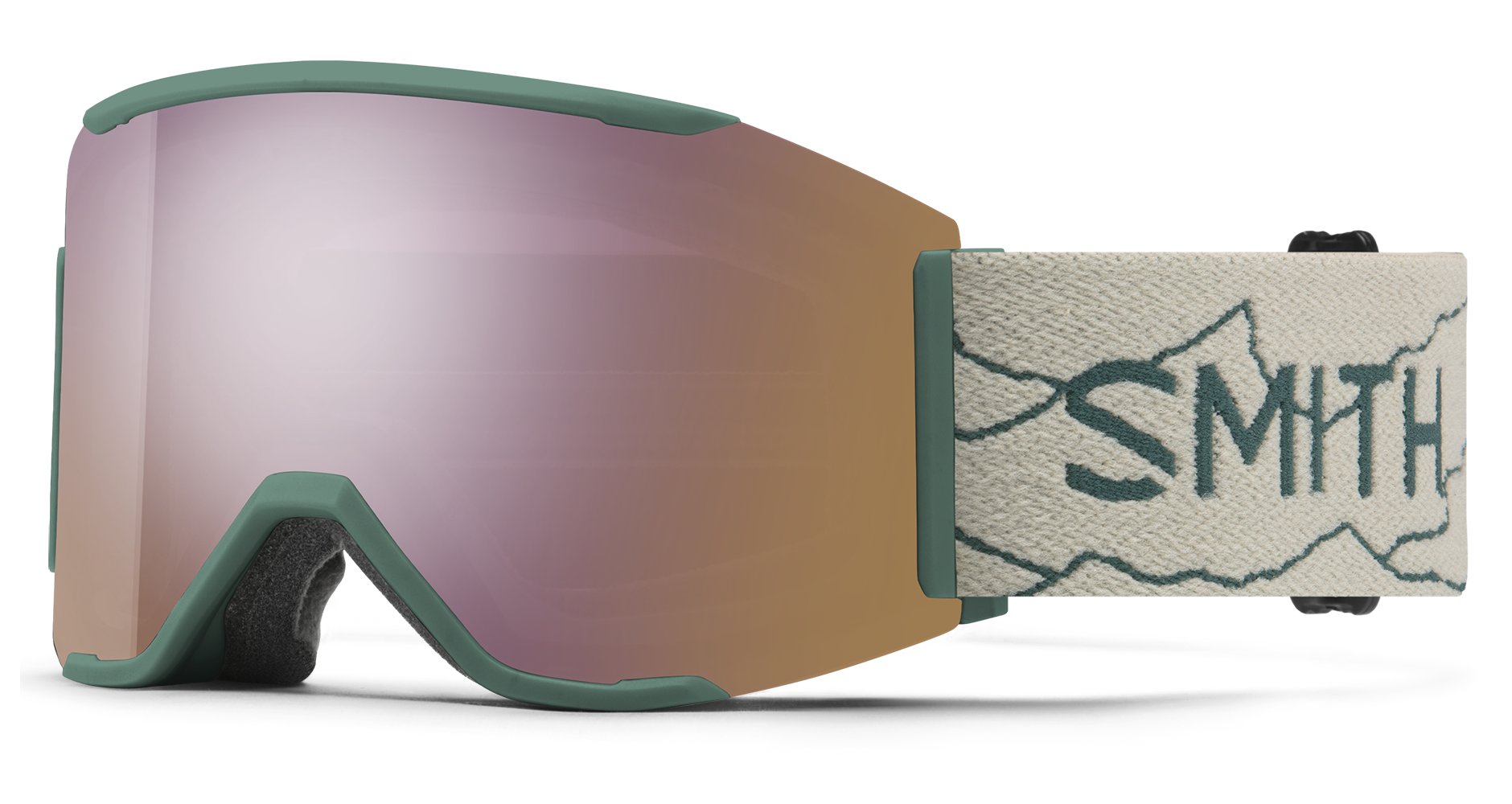 |
A mask that adapts to every problem!
Wearing a ski mask can be restrictive for some people or in certain conditions (wearing goggles, drinking in the mask, face shape, wearing a helmet...) Smith has thought of all of them and created the technologies so you don't have to worry about these details.
A goggle that adapts to every face thanks to Responsive Fit technology.
Smith's Responsive Fit system enables the mask frame to adapt to every face. The frames are made from lightweight, flexible materials that follow the contours of the face. This ensures a precise, comfortable fit, even for the most complex faces.
AirEvac, the anti-fog system par excellence!
AirEvac is a ventilation system integrated into Smith masks and helmets. This technology maintains a constant flow of air between the helmet and goggles to prevent fogging. The air in the goggle is evacuated through the top of the goggle, then passes through the helmet and escapes through the top of the helmet. Helmets and goggles automatically adjust to each other for the best possible evacuation.
Glasses wearers can also wear a mask!
The Smith range of masks also includes masks for eyeglass wearers (OTG), thanks to a generous overall volume and a more adapted shape. The volume inside the mask is sufficient to prevent the formation of mist, whether wearing glasses or not. OTG goggles remain compatible with all Smith helmets.









































